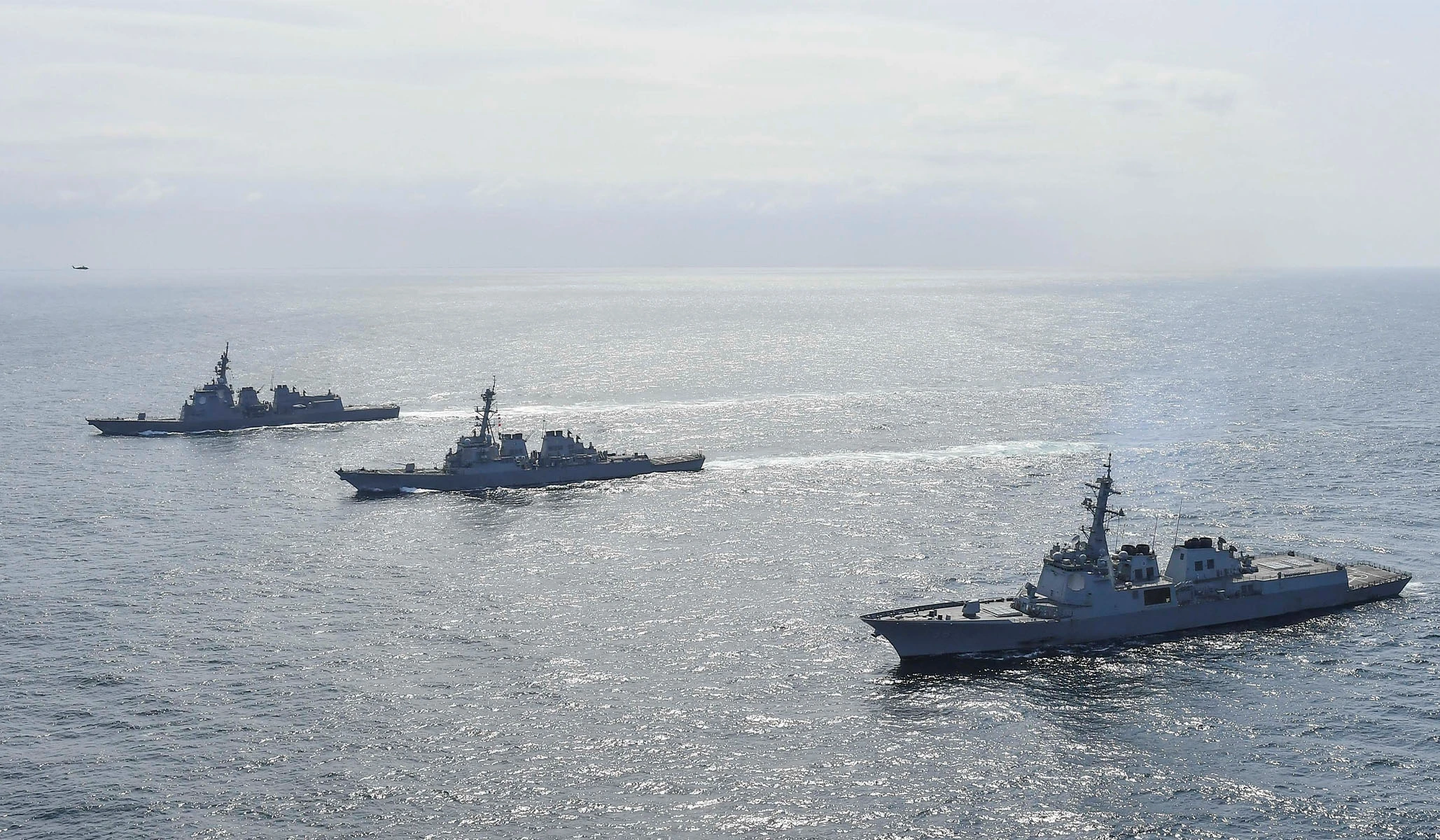In 1949, President Harry Truman delivered a historic speech at the Andrew W. Mellon Auditorium in Washington, D.C. announcing the formation of NATO to combat the Soviet threat. Today, the preeminence of NATO remains as Russia attempts to assert its imperial ambitions in eastern Ukraine. Similarly, a bold and far-reaching vision is needed to stave off the threat in the Indo-Pacific region, despite the current administration’s reluctance to create a Pacific NATO. The Chinese threat should not deter the United States from forging a regional military alliance, as the benefits of such an alliance would be significant.
The Southeast Asia Treaty Organization (SEATO) was founded in 1954 on the same principles as NATO, but internal conflicts related to the Vietnam War and a lack of a clear regional threat led to its dissolution in 1977. However, circumstances have changed, and China represents a greater threat than ever before. The existence of ASEAN shows that a framework for cooperation between smaller states in the southeast Pacific is possible, and the foundations for a region-encompassing defense treaty exist.
Recent events in Europe suggest that a broader alliance for defending the Indo-Pacific is necessary, as U.S. military capabilities may not be up to the challenge of confronting China alone. Reports indicate serious problems with American munition-replacement capabilities, and the lack of a unified defense organization in the Indo-Pacific region makes defense of U.S. security interests more challenging.
To maintain its position as a leader and defender of the free world, the United States needs to act decisively in the face of current threats. Like the Soviet Union in 1949, China today is an existential threat to peace, both in the Indo-Pacific region and across the globe. The enemy has changed, but the circumstances are very similar.

